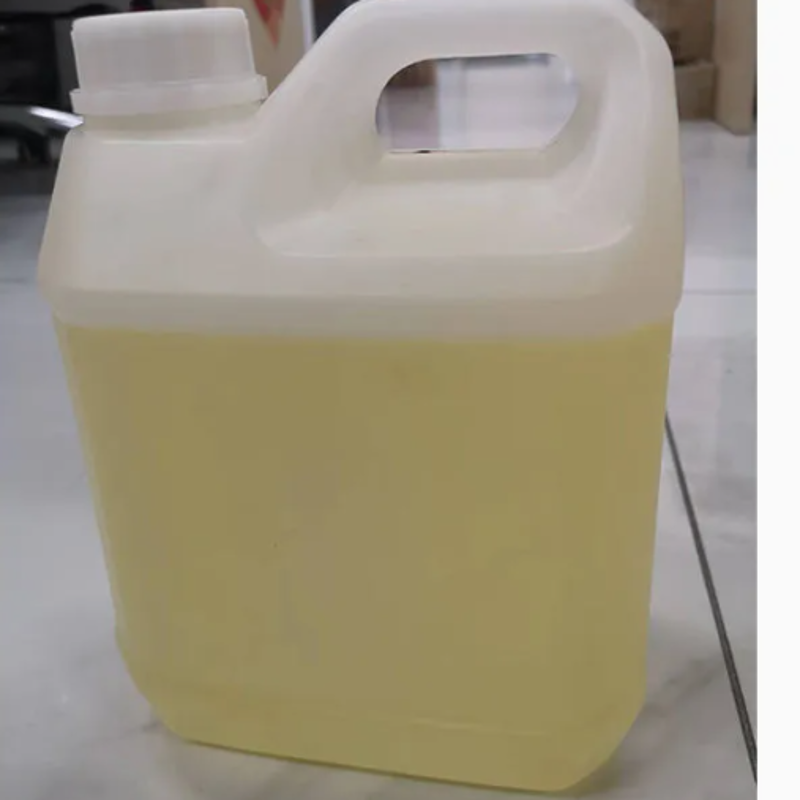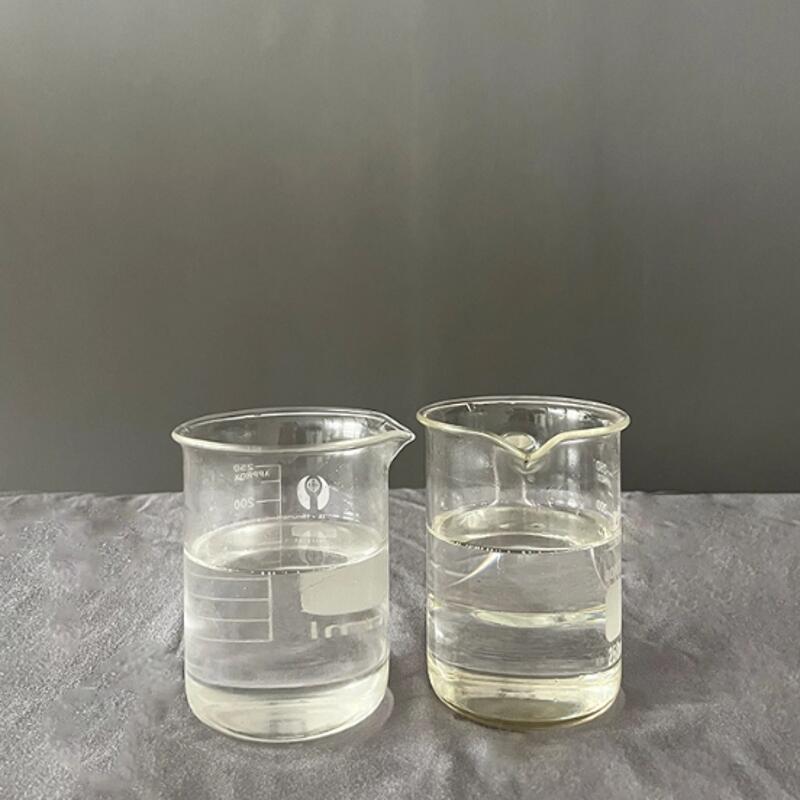-
Categories
-
Pharmaceutical Intermediates
-
Active Pharmaceutical Ingredients
-
Food Additives
- Industrial Coatings
- Agrochemicals
- Dyes and Pigments
- Surfactant
- Flavors and Fragrances
- Chemical Reagents
- Catalyst and Auxiliary
- Natural Products
- Inorganic Chemistry
-
Organic Chemistry
-
Biochemical Engineering
- Analytical Chemistry
-
Cosmetic Ingredient
- Water Treatment Chemical
-
Pharmaceutical Intermediates
Promotion
ECHEMI Mall
Wholesale
Weekly Price
Exhibition
News
-
Trade Service
The Asian ethylene and propylene market is entering a bearish period under the dual pressures of high energy prices and a surge in new capacity, Mike Parker, Asia olefins business director of Essen Huamai Basic Chemical Services, said at the 2022 World Petrochemical Conference.
, there may be production cuts or even industry consolidation
.
Coincidentally, at the polyolefin webinar held by ICIS on April 27, participating experts also said that the Asian polyolefin market is facing the dual pressure of capacity expansion and high market inflation
.
The Asian olefins and polyolefins market will bear the burden this year
.
Regarding the olefin market, Parker said that the situation of the Asian olefin market is not optimistic
.
The Asian olefins market has been quite optimistic over the past two years, mainly supported by an increase in plant shutdowns, strong demand growth during the pandemic and a low energy price environment
.
But it now appears that the olefins market has turned a bear market and will continue until at least the end of 2023
.
As global energy prices remain high compared to the past five years, and there is a glut of olefins in Asia, demand growth is slowing
.
.
The Asian olefins market has been quite optimistic over the past two years, mainly supported by an increase in plant shutdowns, strong demand growth during the pandemic and a low energy price environment
.
But it now appears that the olefins market has turned a bear market and will continue until at least the end of 2023
.
As global energy prices remain high compared to the past five years, and there is a glut of olefins in Asia, demand growth is slowing
.
According to Parker, the demand for olefins in Asia has been surprisingly strong in the past two years
.
In 2020, the growth rate of olefin demand in Asia is much higher than that of GDP, and it will also be driven by the recovery of consumer demand after entering 2021
.
During this period, low crude oil prices supported the competitiveness of the steam cracking industry in Asia, and a series of unplanned shutdowns mitigated the impact of the commissioning of new capacity in Asia, resulting in a tightening of the Asian and global olefins market
.
And in 2022, some Asian producers have brought new capacity on stream by a year, encouraged by strong production margins
.
.
In 2020, the growth rate of olefin demand in Asia is much higher than that of GDP, and it will also be driven by the recovery of consumer demand after entering 2021
.
During this period, low crude oil prices supported the competitiveness of the steam cracking industry in Asia, and a series of unplanned shutdowns mitigated the impact of the commissioning of new capacity in Asia, resulting in a tightening of the Asian and global olefins market
.
And in 2022, some Asian producers have brought new capacity on stream by a year, encouraged by strong production margins
.
However, Asian olefins margins have been crushed by sharply higher crude prices since early 2022
.
"Both olefins and downstream industry margins have seen sharp declines due to skyrocketing energy prices
.
If energy prices continue to remain high, it is expected that crackers will struggle to gain support from upstream margins, " said Parker
.
Northeast Asia since early 2022 The profit margin of the naphtha cracker has been negative
.
At the same time, the profitability of specialty olefin producers using methanol-to-olefin (MTO) or coal-to-olefin (CTO) processes has improved significantly
.
As far as propylene is concerned, the CTO route, previously the most expensive, has become the lowest cost process route, followed by MTO and propane dehydrogenation (PDH), while the previously lowest cost naphtha cracking route is now the most expensive, Parker said
.
"If high oil prices persist, naphtha crackers and PDH will be in peril until oil prices drop,
" Parker said
.
.
"Both olefins and downstream industry margins have seen sharp declines due to skyrocketing energy prices
.
If energy prices continue to remain high, it is expected that crackers will struggle to gain support from upstream margins, " said Parker
.
Northeast Asia since early 2022 The profit margin of the naphtha cracker has been negative
.
At the same time, the profitability of specialty olefin producers using methanol-to-olefin (MTO) or coal-to-olefin (CTO) processes has improved significantly
.
As far as propylene is concerned, the CTO route, previously the most expensive, has become the lowest cost process route, followed by MTO and propane dehydrogenation (PDH), while the previously lowest cost naphtha cracking route is now the most expensive, Parker said
.
"If high oil prices persist, naphtha crackers and PDH will be in peril until oil prices drop,
" Parker said
.
In a webinar, analysts at ICIS said that average polyethylene (PE) prices in Asia in 2022 will be higher than last year, driven by inflation, rising naphtha costs and a recovery in demand
.
However, the growth in demand was slower than expected and the release of new production capacity aggravated the short-term imbalance between supply and demand
.
Therefore, compared to 2021, the average spread between naphtha and PE in Asia will narrow in 2022
.
.
However, the growth in demand was slower than expected and the release of new production capacity aggravated the short-term imbalance between supply and demand
.
Therefore, compared to 2021, the average spread between naphtha and PE in Asia will narrow in 2022
.
ICIS analysts said that the main reason to support the rise in polyethylene prices in Asia comes from the sharp rise in international oil prices and naphtha prices
.
Recovery in Asian demand is another major factor supporting price gains this year
.
However, due to rising raw material costs and lower profits or even losses for Asian producers, more shutdowns and load reductions are expected
.
ICIS expects that Asia still needs to import polyethylene, and the import market price will be in a situation where it is easy to rise and difficult to fall
.
.
Recovery in Asian demand is another major factor supporting price gains this year
.
However, due to rising raw material costs and lower profits or even losses for Asian producers, more shutdowns and load reductions are expected
.
ICIS expects that Asia still needs to import polyethylene, and the import market price will be in a situation where it is easy to rise and difficult to fall
.
In terms of polypropylene (PP), the supply and demand in the Asian PP market are both weak due to the impact of the epidemic
.
Also, because the prices of crude oil and naphtha will remain high, and the transmission of raw material costs to the downstream of the industrial chain will be blocked, the annual average price increase of PP will be smaller than that of raw materials
.
ICIS predicts that the unbalanced growth rate of PP supply and demand in Asia will continue in 2022, especially in Northeast Asia
.
The centralized production of new production capacity in the same period will lead to an escalation of the risk of overcapacity at the general level of PP
.
The industry operating rate will decline as a whole
.
.
Also, because the prices of crude oil and naphtha will remain high, and the transmission of raw material costs to the downstream of the industrial chain will be blocked, the annual average price increase of PP will be smaller than that of raw materials
.
ICIS predicts that the unbalanced growth rate of PP supply and demand in Asia will continue in 2022, especially in Northeast Asia
.
The centralized production of new production capacity in the same period will lead to an escalation of the risk of overcapacity at the general level of PP
.
The industry operating rate will decline as a whole
.
Under this circumstance, the Asian region also needs to digest the pressure of excess supply by adjusting the scale of imports and exports, which has achieved a breakthrough
.
At present, demand in Southeast Asia and South Asia is growing strongly.
From 2022 to 2024, the widening supply gap in this region will attract more sources of goods from China, South Korea and the Middle East to flow there
.
At the same time, the growing demand in Central and South America, Africa and other places will also provide opportunities for the export of Asian sources, but its scale and timing are still to be determined by the opening of the arbitrage window
.
Among them, Vietnam and Indonesia are the potential consumption growth markets in Southeast Asia in the future.
The implementation of RCEP will bring certain benefits to the overseas export of Asian PP terminal products
.
.
At present, demand in Southeast Asia and South Asia is growing strongly.
From 2022 to 2024, the widening supply gap in this region will attract more sources of goods from China, South Korea and the Middle East to flow there
.
At the same time, the growing demand in Central and South America, Africa and other places will also provide opportunities for the export of Asian sources, but its scale and timing are still to be determined by the opening of the arbitrage window
.
Among them, Vietnam and Indonesia are the potential consumption growth markets in Southeast Asia in the future.
The implementation of RCEP will bring certain benefits to the overseas export of Asian PP terminal products
.
Parker said that while the olefins and polyolefins market is burdened, some olefin derivatives may fare better
.
In March, the price of vinyl chloride monomer in Asia remained high
.
In the propylene industry chain, most derivative products are still at a profitable level
.
.
In March, the price of vinyl chloride monomer in Asia remained high
.
In the propylene industry chain, most derivative products are still at a profitable level
.
Parker said that olefins in Asia may be integrated to make the distribution of production capacity more reasonable
.
If high oil prices continue, it will directly affect the profitability of naphtha crackers and PDH, and new projects will obviously be delayed
.
In addition, government policy will also play a role
.
For example, China has announced the closure of small petrochemical plants as part of a policy to control carbon emissions
.
Due to the weak profitability of naphtha, some crackers in Asia are also investigating the use of alternative feedstocks, such as bio-based naphtha and waste plastic cracking oil
.
Parker believes that the Asian region will continue to make large-scale investments in the future, and the priority will remain to achieve sustainability
.
.
If high oil prices continue, it will directly affect the profitability of naphtha crackers and PDH, and new projects will obviously be delayed
.
In addition, government policy will also play a role
.
For example, China has announced the closure of small petrochemical plants as part of a policy to control carbon emissions
.
Due to the weak profitability of naphtha, some crackers in Asia are also investigating the use of alternative feedstocks, such as bio-based naphtha and waste plastic cracking oil
.
Parker believes that the Asian region will continue to make large-scale investments in the future, and the priority will remain to achieve sustainability
.







